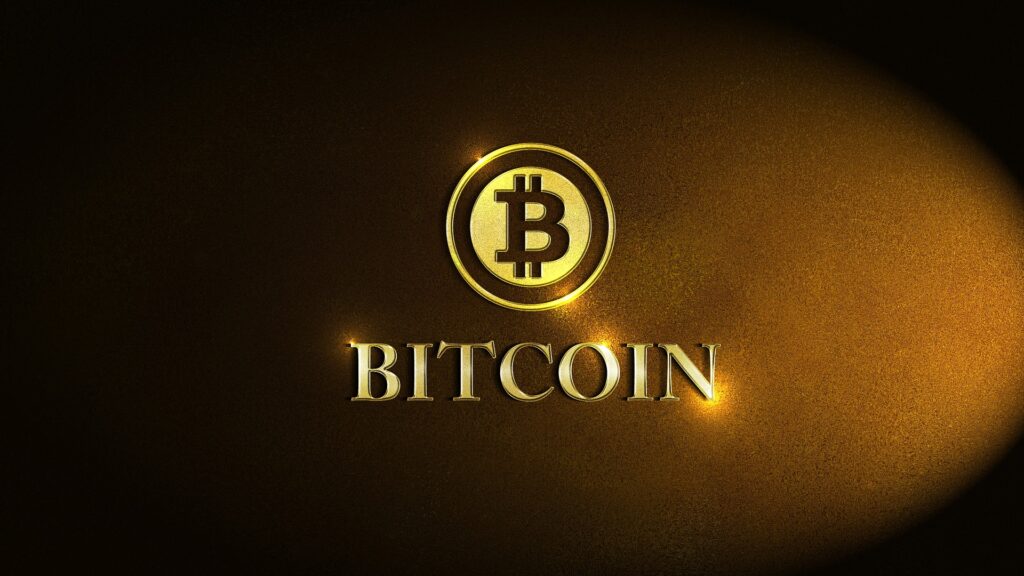Why do bitcoin maximalists hate BRC-20?
When a blockchain’s enthusiasts discover a new use for it, they usually rejoice: the usage (and hence the value) of their assets is likely to increase. Well, usually. For the past few weeks, Bitcoin maximalists have been fixated on a new standard that emerged on their very own blockchain: BRC-20. And they hate it.

To comprehend this rejection, let’s take a step back. As we know, Bitcoin maximalists have been continuously seething since the advent of Ethereum and its layers, smart contracts, and DeFi. Why? Because, in their view, the proliferation of altcoins and protocols not only hampers the adoption of the one and only true revolutionary currency (BTC) but also confuses the public with an abundance of offerings – and disgusts them with numerous scams.
But the worst was yet to come: the enemy is now challenging them on their own turf. Indeed, some managed to add “information” to tiny fractions of Bitcoin (satoshis), effectively turning them into NFTs and ERC20 tokens. The process is simple: metadata (“inscription”) is added to each of these satoshis (1/100 millionth of BTC), which are now identifiable because they are numbered, making them “unique”: these tattooed satoshis thus become collectible works or new currencies (BRC-20). Consequently, the store of value on the Bitcoin blockchain is no longer limited to BTC, but also encompasses its “dust”, transfigured into jewels by the ingenuity of a passionate avant-garde. Amazing, right?
Not at all.
The hostility of the maximalists was immediate: some displayed contempt (“BRC-20 won’t last…”) while others like Luke Dashjr or Ali Sherief outright demanded the prohibition of BRC-20 in a shockingly centralized and authoritarian manner.
The BRC-20 movement must be killed
The official reason for this rejection is the need to combat any form of pollution that would impede the advent of Bitcoin monotheism by creating diversions and dysfunctions (for example, on May 5, BRC-20-related activity caused a surge in transaction fees and a temporary network outage). Moreover, the very concept of BRC-20 is considered a sham: there were never BRC1, BRC2, or BRC19, for the simple reason that Bitcoin employs Bitcoin Improvement Proposals (BIPs). Pure marketing! Sacrilege…
However, one could suspect another reason for this hostility, a much less honorable one. BTC holders are often mere beneficiaries of luck: they entered the game at the right moment. They became millionaires not through talent or social utility, but purely by chance. And suddenly witnessing commoners deploy and exchange BRC-20 tokens infuriates them.
Their aristocracy is under attack. The gates to their Olympus are ajar, welcoming the populace. Just imagine: BRC-20 enthusiasts transforming small coins into big bucks, cents into hundreds of dollars… Do they still think it’s 2009? Unbearable. The BRC-20 movement must be killed. Discredited.
Thus, the war has begun.
Will the early adopters of BRC-20 succumb?
To be continued…
By @DovDeGen
Maximize your Cointribune experience with our "Read to Earn" program! For every article you read, earn points and access exclusive rewards. Sign up now and start earning benefits.
The Cointribune editorial team unites its voices to address topics related to cryptocurrencies, investment, the metaverse, and NFTs, while striving to answer your questions as best as possible.
The contents and products mentioned on this page are in no way approved by Cointribune and should not be interpreted as falling under its responsibility.
Cointribune strives to communicate all useful information to readers, but cannot guarantee its accuracy and completeness. We invite readers to do their research before taking any action related to the company and to take full responsibility for their decisions. This article should not be considered as investment advice, an offer, or an invitation to purchase any products or services.
Investment in digital financial assets carries risks.
Read more